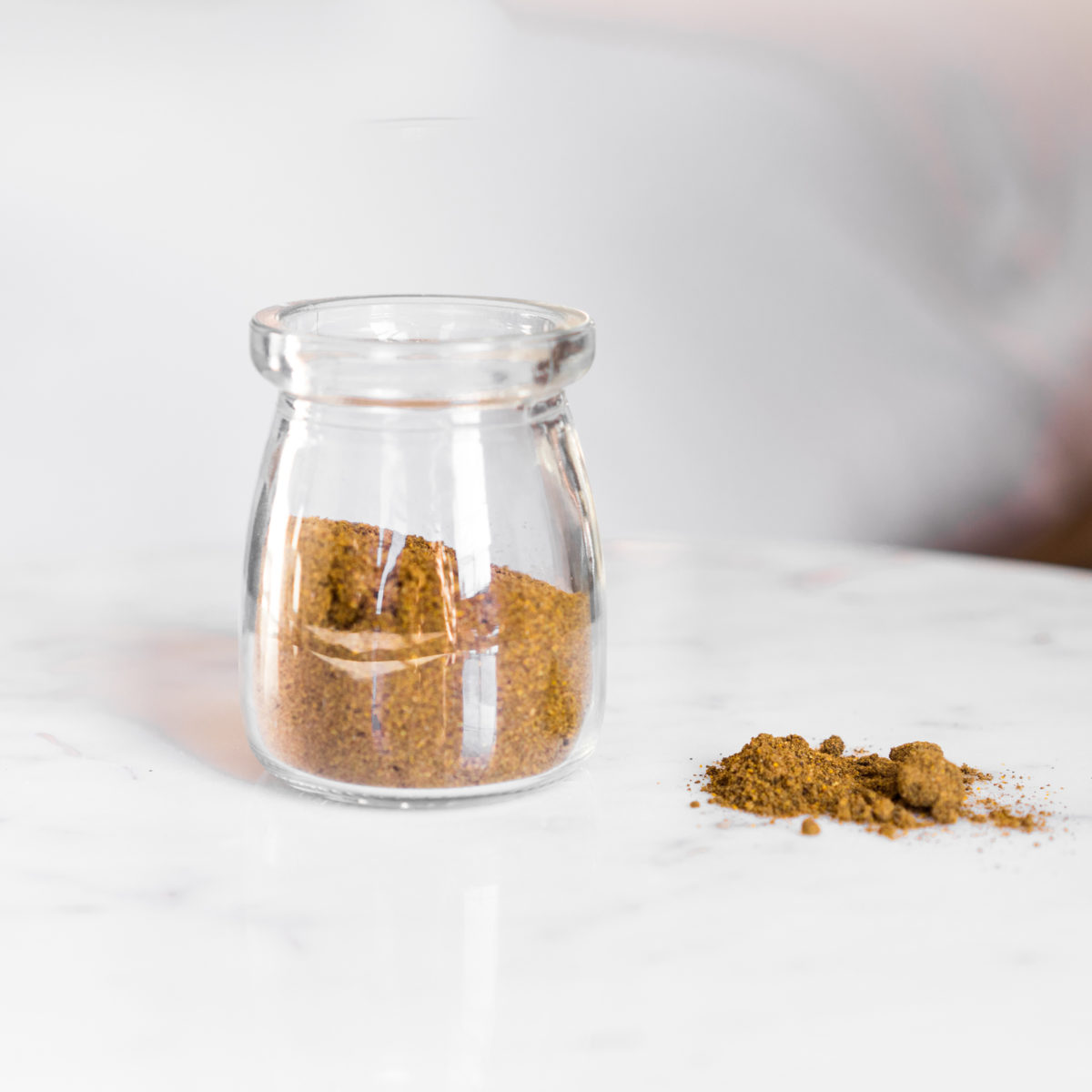
COMMON NAME (Chinese Name)
Sea Buckthorn Fruit (Sha Ji)
BOTANICAL NAME
Hippophae rhamnoides
USES
Sea buckthorn fruit, derived from the berries of the sea buckthorn plant (sans skin and seeds), has a number of potent effects when eaten whole or raw, ingested as an extract, or extracted and applied to the skin.
Specifically, research focused on oral use of sea buckthorn fruit oil suggests that some of the most prevalent bioactive compounds in the fruit may alleviate insulin resistance, while others are responsible for reducing the outward signs of aging in a person’s skin. Consequently, both the whole fruit and its derivatives may serve as a useful functional food supplement for different consumer groups. This includes the nutritive-rich juice rendered from the fruit pulp.
Topical application of sea buckthorn fruit oil has significant skin-repairing and restorative effects. This is likely because it is highly moisturizing while being completely non-irritating. What’s more, topical applications of sea buckthorn fruit oil (and products containing it) is proven to protect the skin against infection, allergic reactions, and inflammation.
The bioactive compounds in sea buckthorn fruit oils are extraordinarily easily absorbed through the skin, where they improve circulation, facilitate oxygenation of the skin, and purge toxins from the epidermis. As a result, topical sea buckthorn treatments may help reduce the severity and appearance of skin conditions like acne and psoriasis, as well as hair loss. That being said, more human research is needed to confirm these indications for use.
Since this is a fairly new plant in the Chinese herbal use, its energetics are not found in the materia medicas. Western use indicates that it is laxative, moisturizing and cooling.
PREPARATION & ADMINISTRATION
Not to be confused with the unrelated buckthorn plant or the unrelated Haloragis plant (which is also sometimes called a “seaberry”).
The various parts of the sea buckthorn plant (stems, leaves, roots, seeds, and fruit) have different potentials for therapeutic use. Seed and fruit extracts are likely the most potent sea buckthorn supplements, as they have the highest concentrations of relevant bioactive compounds. Aside from pre-made and multi-herb formulas, the dried fruit (the meat from the plant’s berries) may be available for purchase at different retailers, as are whole berries for at-home seed removal and pulping. Extractions (both water-based and ethanol-based) are more commonly available than raw plant materials in some areas.
PRECAUTIONS
No adverse side effects or toxicity related to the use of either topical or oral sea buckthorn fruit supplements have been reported, and animal studies have failed to yield any further information about the potential symptoms of sea buckthorn toxicity. Nevertheless, you should always talk to a physician, certified herbalist, or qualified healthcare professional before adding sea buckthorn or any new supplement to your diet.
REFERENCES
Chauhan, et al. “Preparation and Quality Evaluation of Processed Products from Seabuckthorn (Hippophae Rhamnoides Lin.) Berries.” EPrints@CFTRI, 1 Jan. 1970, ir.cftri.com/4941/.
Gao, Shan, et al. “Sea Buckthorn Fruit Oil Extract Alleviates Insulin Resistance through the PI3K/Akt Signaling Pathway in Type 2 Diabetes Mellitus Cells and Rats.” Journal of Agricultural and Food Chemistry, vol. 65, no. 7, 2017, pp. 1328–1336., doi:10.1021/acs.jafc.6b04682.
Gupta, Asheesh, and Nitin K. Upadhyay. “Sea Buckthorn (Hippophae Rhamnoides L.) Seed Oil.” Nuts and Seeds in Health and Disease Prevention, 2011, pp. 1011–1018., doi:10.1016/b978-0-12-375688-6.10120-3.
Hwang, In Sik, et al. “UV Radiation-Induced Skin Aging in Hairless Mice Is Effectively Prevented by Oral Intake of Sea Buckthorn (Hippophae Rhamnoides L.) Fruit Blend for 6 Weeks through MMP Suppression and Increase of SOD Activity.” International Journal of Molecular Medicine, vol. 30, no. 2, 2012, pp. 392–400., doi:10.3892/ijmm.2012.1011.
Kipic, Mihailo, et al. “Cutaneous Effects of Sea Buckthorn Oil Emulsion.” Serbian Journal of Experimental and Clinical Research, vol. 15, no. 3, 2014, pp. 151–155., doi:10.2478/sjecr-2014-0020.
Michel, Thomas, et al. “Antimicrobial, Antioxidant and Phytochemical Investigations of Sea Buckthorn (Hippophaë Rhamnoides L.) Leaf, Stem, Root and Seed.” Food Chemistry, vol. 131, no. 3, 2012, pp. 754–760., doi:10.1016/j.foodchem.2011.09.029.
Patel, Chirag A., et al. “Remedial Prospective of Hippophae Rhamnoides Linn. (Sea Buckthorn).” ISRN Pharmacology, vol. 2012, 2012, pp. 1–6., doi:10.5402/2012/436857.
Zhao, Peng, et al. “Acute and Subchronic Toxicity Studies of Seabuckthorn ( Hippophae Rhamnoides L.) Oil in Rodents.” Regulatory Toxicology and Pharmacology, vol. 91, 2017, pp. 50–57., doi:10.1016/j.yrtph.2017.10.002.
Zielińska, Aleksandra, and Izabela Nowak. “Abundance of Active Ingredients in Sea-Buckthorn Oil.” Lipids in Health and Disease, vol. 16, no. 1, 2017, doi:10.1186/s12944-017-0469-7.

Comments (0)